
Tamuning: The Heartbeat of Guam
Explore Tamuning, Guam's bustling commercial hub with stunning beaches, rich history, diverse cuisine, and vibrant shopping centers. A perfect blend of relaxation and adventure.
Tamuning, often referred to as the commercial hub of Guam, offers a delightful blend of modern amenities and rich cultural heritage. Nestled along the island's western coast, Tamuning serves as a gateway to the stunning Tumon Bay, which boasts crystal-clear waters and pristine sandy beaches. The bay is a popular spot for snorkeling, swimming, and sunbathing, making it a must-visit for beach lovers. Beyond its natural beauty, Tamuning is home to a variety of shopping centers, restaurants, and entertainment options. The Micronesia Mall and Guam Premier Outlets are perfect for those looking to indulge in some retail therapy. Food enthusiasts will find a diverse culinary scene, ranging from local Chamorro cuisine to international flavors. Don't miss the chance to try traditional dishes like kelaguen and red rice. For history buffs, Tamuning offers a glimpse into Guam's past with landmarks such as the Plaza de España and the Dulce Nombre de Maria Cathedral Basilica. The village is also a short drive from the War in the Pacific National Historical Park, where visitors can learn about the island's significant role during World War II. With its mix of natural beauty, modern conveniences, and historical sites, Tamuning promises a memorable experience for every traveler.
Local tips in Tamuning
- Bring reef-safe sunscreen to protect Guam's delicate marine life while enjoying Tumon Bay.
- Visit the local markets early in the morning for the freshest produce and unique souvenirs.
- Rent a car to explore the island at your own pace and discover hidden gems beyond Tamuning.
- Stay hydrated and wear light clothing, as Guam's tropical climate can be quite warm.
- Check the local calendar for cultural events and festivals to experience Chamorro traditions.
Neighbourhoods in Tamuning
Tamuning: The Heartbeat of Guam
Tamuning, often referred to as the commercial hub of Guam, offers a delightful blend of modern amenities and rich cultural heritage. Nestled along the island's western coast, Tamuning serves as a gateway to the stunning Tumon Bay, which boasts crystal-clear waters and pristine sandy beaches. The bay is a popular spot for snorkeling, swimming, and sunbathing, making it a must-visit for beach lovers. Beyond its natural beauty, Tamuning is home to a variety of shopping centers, restaurants, and entertainment options. The Micronesia Mall and Guam Premier Outlets are perfect for those looking to indulge in some retail therapy. Food enthusiasts will find a diverse culinary scene, ranging from local Chamorro cuisine to international flavors. Don't miss the chance to try traditional dishes like kelaguen and red rice. For history buffs, Tamuning offers a glimpse into Guam's past with landmarks such as the Plaza de España and the Dulce Nombre de Maria Cathedral Basilica. The village is also a short drive from the War in the Pacific National Historical Park, where visitors can learn about the island's significant role during World War II. With its mix of natural beauty, modern conveniences, and historical sites, Tamuning promises a memorable experience for every traveler.
When is the best time to go to Tamuning?
Iconic landmarks you can’t miss
Two Lover’s Point
Discover the breathtaking views and romantic legends of Two Lover's Point, a must-visit attraction in Guam that captivates hearts and creates memories.
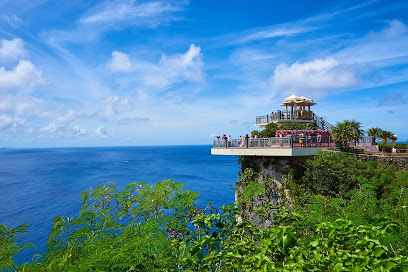
Ypao Beach
Discover the beauty of Ypao Beach in Guam, a perfect blend of relaxation, adventure, and local culture, all set against a stunning tropical backdrop.
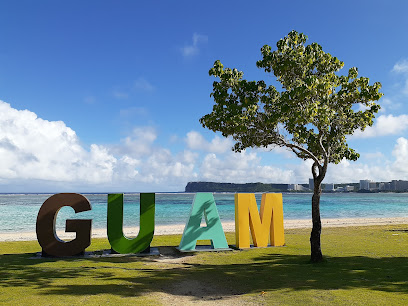
Crowne Plaza Resort Guam, an IHG Hotel
Discover unparalleled luxury and stunning ocean views at Crowne Plaza Resort Guam, your ideal getaway for relaxation and adventure in Tumon.
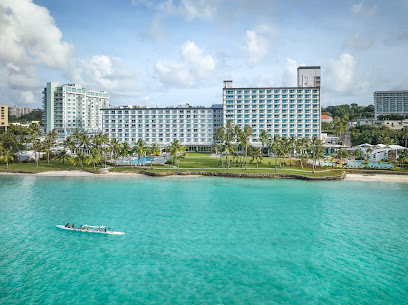
Plaza de España
Visit Plaza de España in Hagåtña, Guam, a historical landmark showcasing stunning architecture and rich cultural heritage amidst beautiful gardens.
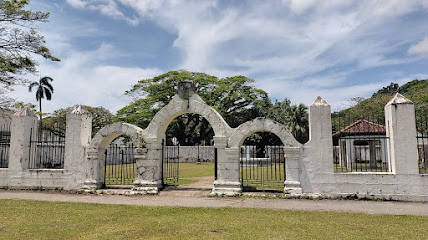
Fort Nuestra Señora de la Soledad
Explore the rich history and stunning views at Fort Nuestra Señora de la Soledad, a must-visit historical site in Guam.
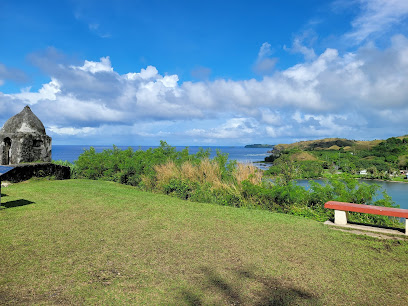
Cetti Bay Overlook
Discover the stunning views and natural beauty of Cetti Bay Overlook, a must-visit hiking area in Guam for nature lovers and adventure seekers.
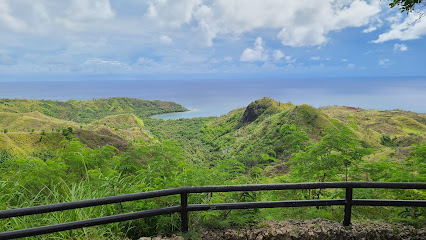
Ritidian Point
Discover the untouched beauty of Ritidian Point in Guam, a coastal paradise perfect for relaxation, snorkeling, and wildlife observation.
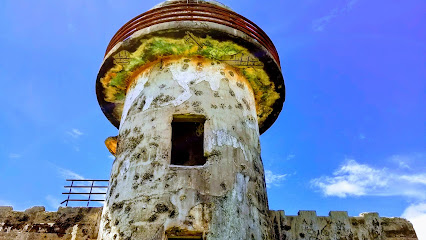
Karera at SandCastle
Discover the vibrant cultural experience of Karera at SandCastle, a premier theater destination in Tumon, Guam, offering captivating performances for all.
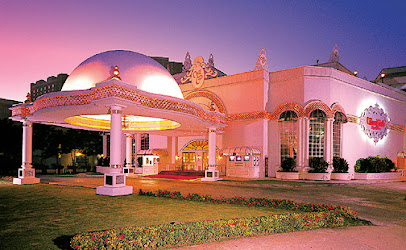
Taotao Tasi Guam
Discover the magic of Taotao Tasi Guam, a unique dinner theater offering an immersive cultural experience with breathtaking ocean views and delicious BBQ cuisine.
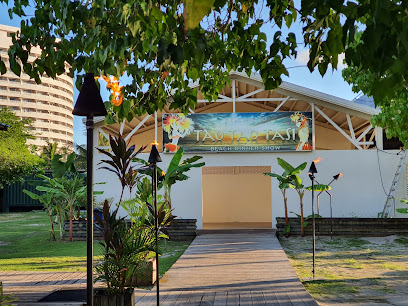
Aquarium of Guam
Experience the splendors of the underwater world at the Aquarium of Guam, a top tourist attraction showcasing the Pacific's marine life.
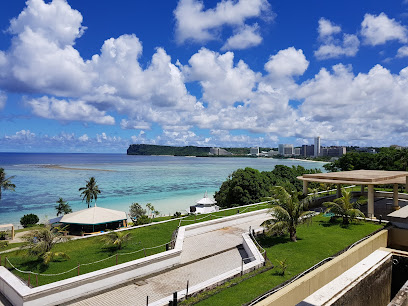
Talo'fo'fo' Falls
Experience the stunning beauty of Talo'fo'fo' Falls, a must-visit natural attraction in Inalåhan, Guam, perfect for relaxation and adventure.
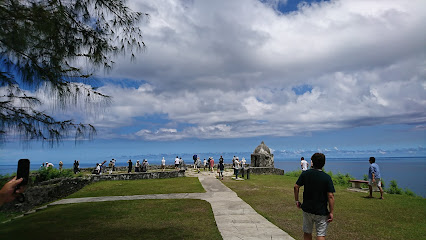
Alupang Beach Club
Experience the ultimate beach getaway at Alupang Beach Club in Guam, where adventure meets relaxation amidst stunning tropical scenery.
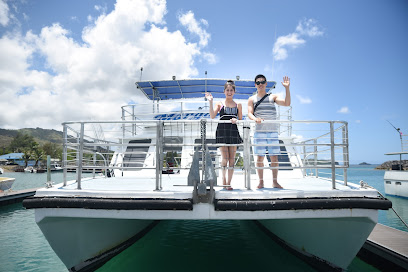
Fort Santa Agueda
Discover the historic charm of Fort Santa Agueda, a captivating landmark in Guam offering stunning views and a glimpse into the island's rich history.
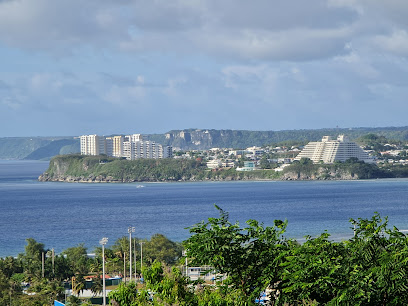
Fish Eye Underwater Observatory
Explore Guam's marine treasures at the Fish Eye Underwater Observatory, where adventure and education meet beneath the waves.
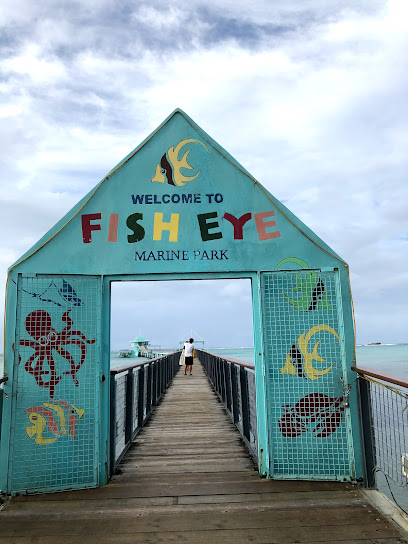
Asan Bay Overlook
Discover the serene beauty and rich history at Asan Bay Overlook, a memorial park in Guam with stunning ocean views and reflective spaces.
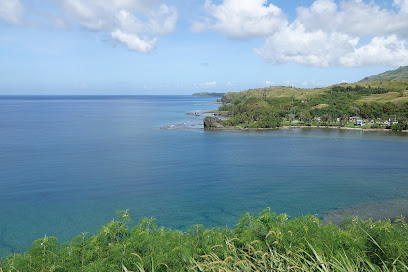
Unmissable attractions to see
Fort Nuestra Señora de la Soledad
Discover the historical significance and breathtaking views at Fort Nuestra Señora de la Soledad, a must-visit tourist attraction in Guam.
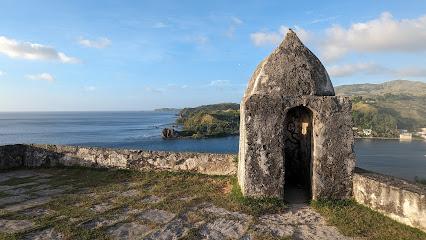
Merizo Pier Park
Experience the tranquil beauty of Merizo Pier Park, a perfect blend of nature and history in Guam's stunning coastal landscape.
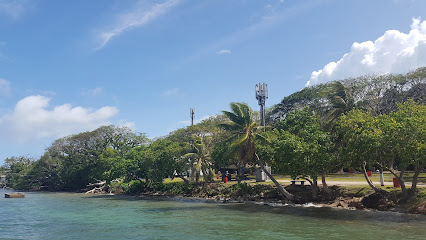
Cetti Bay Overlook
Discover the stunning vistas at Cetti Bay Overlook in Guam, a top destination for nature lovers and hiking enthusiasts seeking breathtaking views.
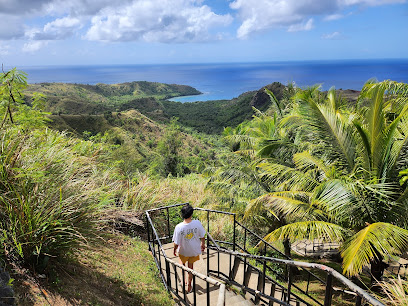
Tumon Beach
Experience the serene beauty of Tumon Beach in Guam, where crystal-clear waters meet golden sands and unforgettable sunsets await.
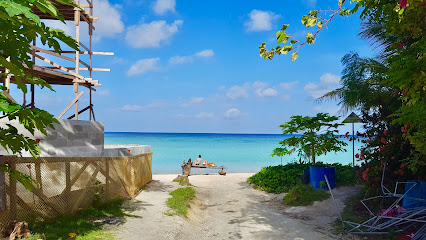
Karera at SandCastle
Immerse yourself in the captivating performances at Karera, Guam's premier theater production, located in the stunning SandCastle venue in Tumon.
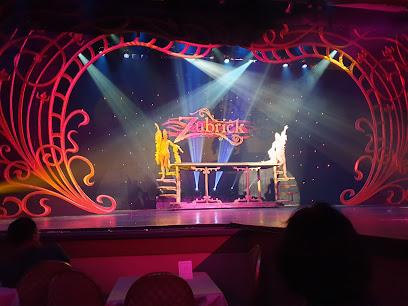
Taotao Tasi Guam
Experience the vibrant culture of Guam at Taotao Tasi, where captivating performances meet delicious BBQ dining on the stunning shores of Tumon.
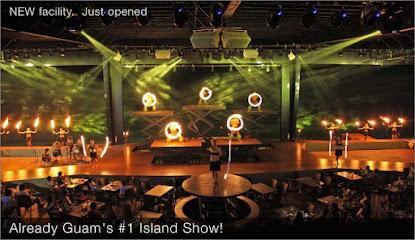
Dulce Nombre de Maria Cathedral-Basilica
Explore the stunning Dulce Nombre de Maria Cathedral-Basilica, a historical gem in Guam, rich in architecture and spirituality.
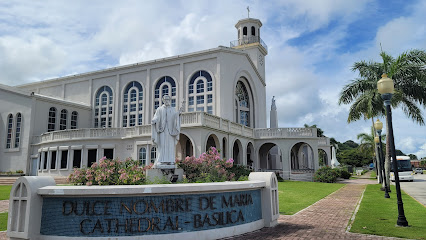
Talo'fo'fo' Falls
Experience the breathtaking Talo'fo'fo' Falls, a must-visit scenic spot in Guam, showcasing nature's beauty and tranquility.
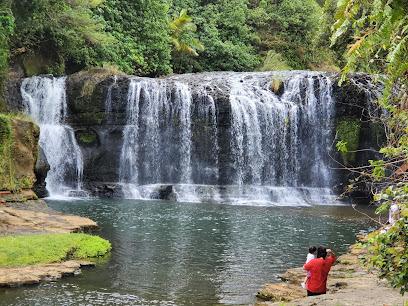
Chamorro Night Market
Discover the flavors and culture of Guam at the Chamorro Night Market, a vibrant hub of local cuisine, crafts, and entertainment every Wednesday evening.
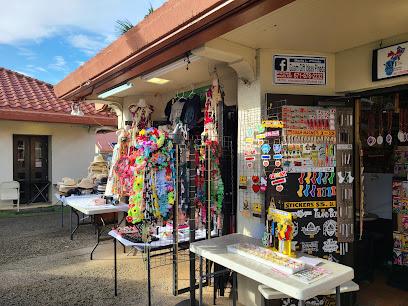
Onward Mangilao Golf Club
Experience world-class golfing at Onward Mangilao Golf Club in Guam, where scenic views and challenging courses await every golf enthusiast.
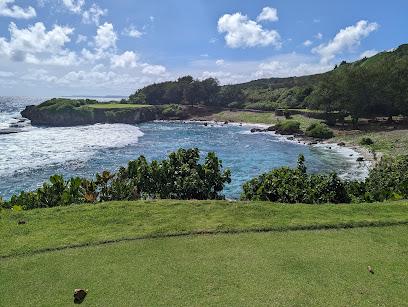
War in the Pacific National Historical Park
Discover the historical significance and breathtaking landscapes of War in the Pacific National Historical Park, a unique gem in Guam.
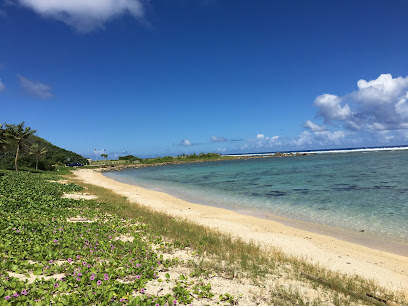
Country Club of the Pacific
Experience exceptional golf at the Country Club of the Pacific in Guam, where stunning landscapes meet tropical charm for an unforgettable getaway.
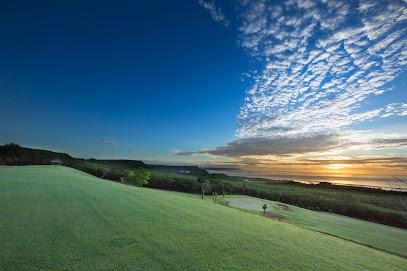
Senator Angel Leon Guerrero Santos Latte Stone Memorial Park
Explore the historical significance of the latte stones at Senator Angel Leon Guerrero Santos Latte Stone Memorial Park in Hagåtña, Guam.
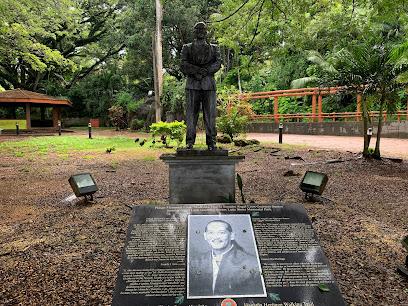
Bear Rock
Explore Bear Rock: a whimsical natural formation in Inalåhan, Guam, perfect for photography and peaceful retreats amidst stunning landscapes.
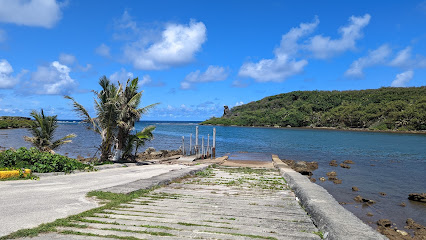
Guam International Raceway
Experience the adrenaline of car racing at Guam International Raceway, a thrilling destination for motorsport enthusiasts in the heart of Guam.
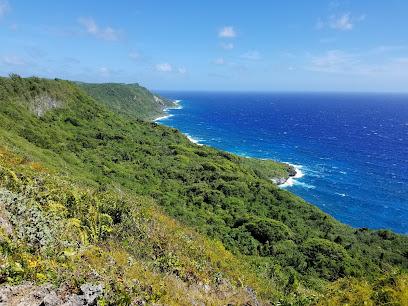
Essential places to dine
Meskla Dos - Upper Tumon
Experience the best burgers in Upper Tumon at Meskla Dos - where local flavors meet culinary creativity.
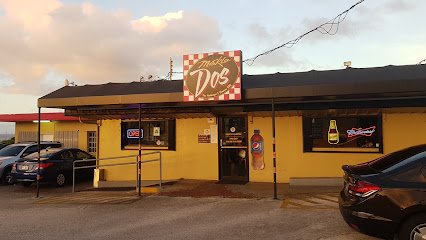
Lone Star Steakhouse
Savor the best of American cuisine at Lone Star Steakhouse in Guam—where every meal is a celebration of flavor.
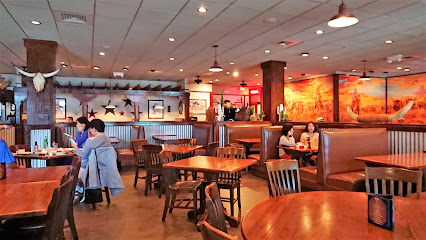
Proa Restaurant
Experience authentic Chamorro cuisine at Proa Restaurant in Tumon, Guam - where every meal tells a story.
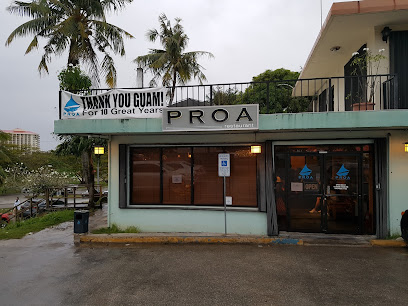
King's Restaurant
Discover the authentic taste of American cuisine at King’s Restaurant in Tamuning – where hearty breakfasts and casual dining await!
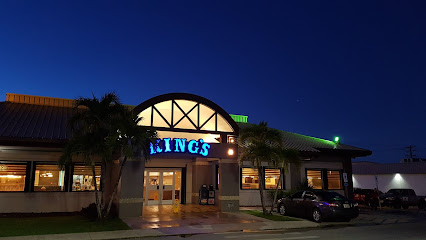
Beachin' Shrimp Flame Tree Plaza
Experience the best of Guam's seafood at Beachin' Shrimp Flame Tree Plaza, where fresh flavors meet tropical charm.
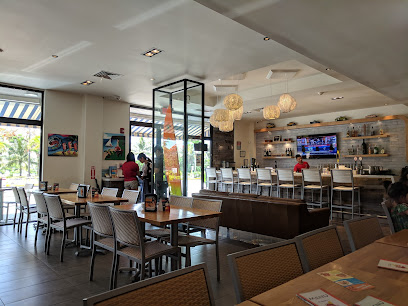
Pieology Pizzeria
Savor custom-made pizzas at Pieology Pizzeria in Apotgan – where fresh ingredients meet creativity for every palate.

Ruby Tuesday Restaurant
Experience authentic American cuisine at Ruby Tuesday Restaurant in Apotgan, Guam – where delicious flavors meet warm hospitality.
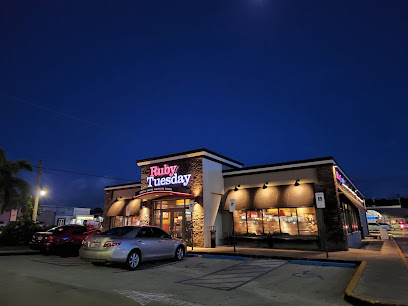
Denny's Tamuning
Experience classic American dining at Denny's Tamuning—where delicious breakfasts and family-friendly meals await you in Guam.
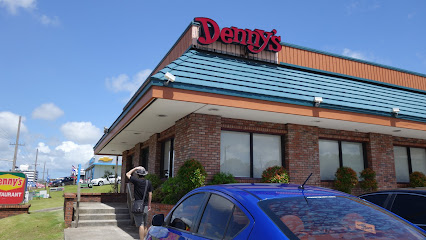
Jamaican Grill
Experience authentic Jamaican flavors in Tamuning at Jamaican Grill—where every dish tells a story of Caribbean heritage.
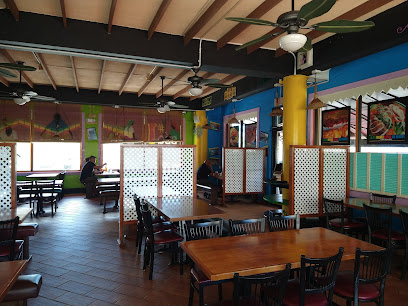
LongHorn Steakhouse
Discover the ultimate steak dining experience at LongHorn Steakhouse in Guam - where quality meets tradition in every delicious bite.
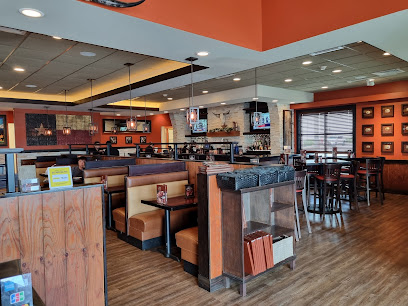
Tony Roma's
Experience authentic American flavors at Tony Roma's in Guam - your go-to destination for barbecue, seafood, and steak delights.

Chili's Grill & Bar
Discover the delicious blend of American and Tex-Mex cuisine at Chili's Grill & Bar in Tumon, Guam - perfect for families and friends alike.
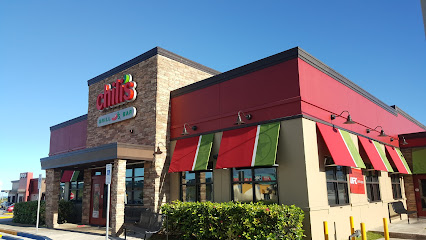
Three Squares Restaurant
Discover the rich culinary heritage of Guam at Three Squares Restaurant - where local flavors meet exceptional dining.

Sakura Dining
Experience authentic sushi at Sakura Dining in Guam - where fresh ingredients meet traditional Japanese flavors.
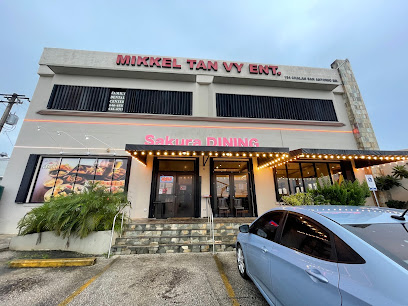
Sejong Restaurant
Savor authentic Korean dishes at Sejong Restaurant in Guam - a culinary journey filled with rich flavors and warm hospitality.
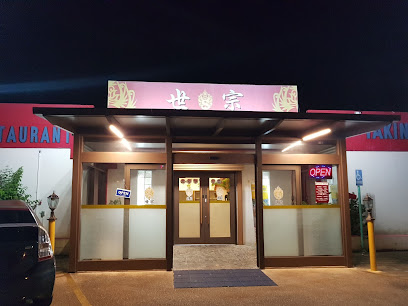
Markets, malls and hidden boutiques
Guam Premier Outlets
Discover unbeatable deals and a vibrant shopping experience at Guam Premier Outlets, your ultimate destination for retail therapy in paradise.
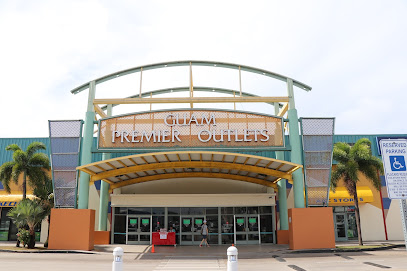
T Galleria By DFS, Guam
Explore luxury shopping at T Galleria By DFS in Guam, featuring duty-free goods, high-end brands, and a welcoming atmosphere for all visitors.
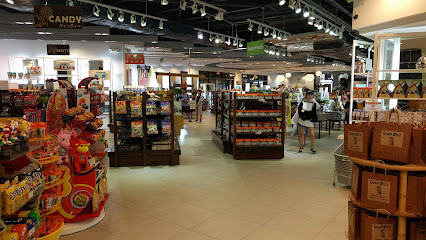
Ross Dress for Less
Shop stylishly and affordably at Ross Dress for Less in Guam, where every visit is a new adventure in fashion savings.
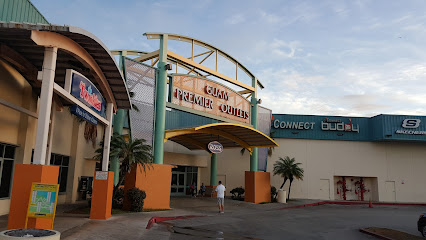
Kmart
Discover unbeatable value and variety at Kmart Guam, your go-to destination for clothing, home goods, and more.

The Home Depot
Explore The Home Depot in Guam for a vast selection of home improvement essentials, from tools to appliances, all under one roof.
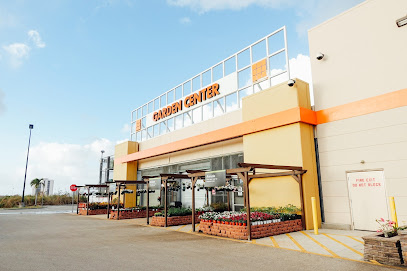
Cost.U.Less
Discover the ultimate grocery shopping experience at Cost.U.Less in Guam, offering fresh produce, local specialties, and unbeatable prices.
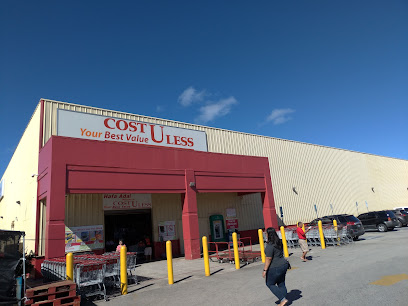
California Mart
Experience convenient shopping at California Mart in Guam, offering a wide selection of groceries and local delicacies in a friendly atmosphere.
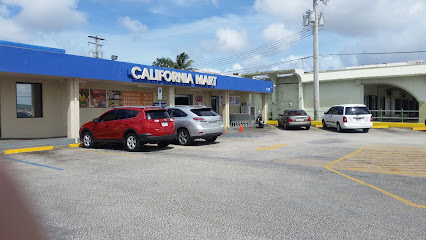
Joy Market
Discover the vibrant flavors and community spirit of Guam at Joy Market, your ultimate grocery destination in Apotgan.
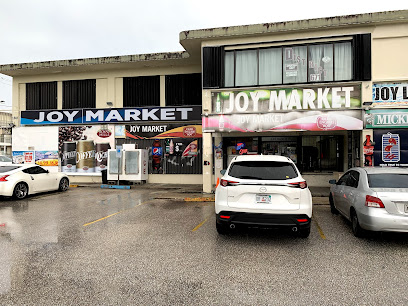
ABC Stores #509
Explore ABC Stores #509 in Tamuning – your ultimate destination for unique gifts, local snacks, and refreshing beverages in Guam.
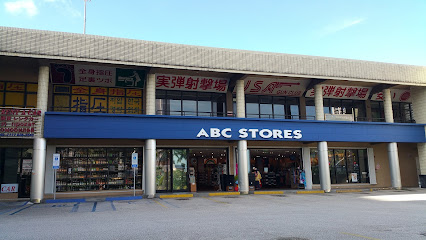
Tamuning Shopping Center
Discover the ultimate shopping experience at Tamuning Shopping Center, Guam's premier destination for retail therapy, dining, and entertainment.

Maxi Mart
Discover a diverse selection of groceries and local treats at Maxi Mart, the go-to supermarket in Tamuning, Guam.
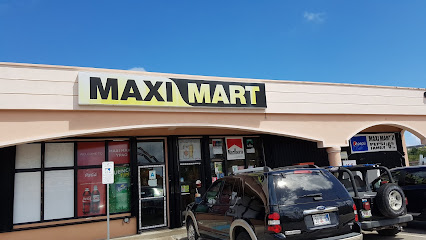
Village of Donki
Uncover a delightful shopping experience at the Village of Donki, Guam's premier shopping destination, featuring diverse retail and dining options.

Puff Supply - Tamuning
Explore Puff Supply in Tamuning for an exceptional cannabis and vaporizer experience in Guam's vibrant culture.
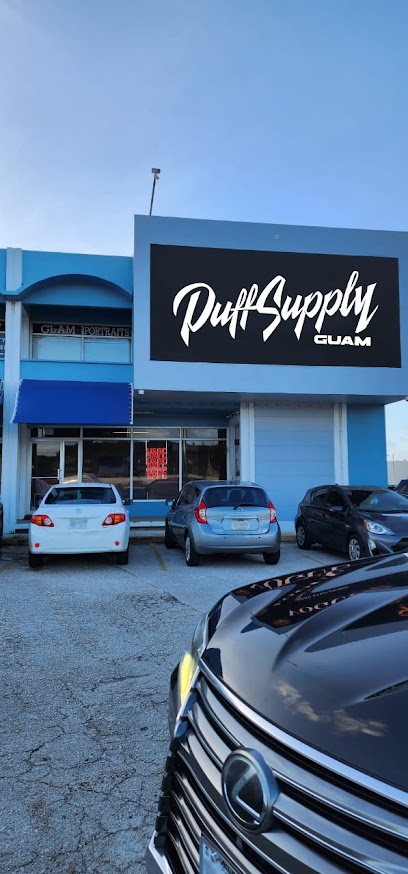
Lotte Duty Free Guam Airport Store
Explore the Lotte Duty Free Guam Airport Store for premium goods at unbeatable prices, conveniently located within Guam International Airport.
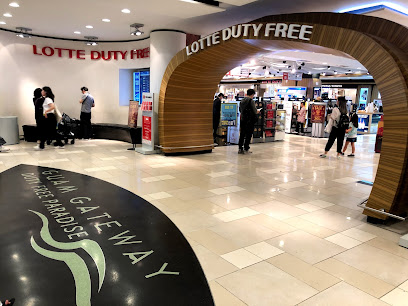
GIFT GUAM
Explore GIFT GUAM for a unique selection of local crafts, souvenirs, and gifts that embody the spirit of the island.
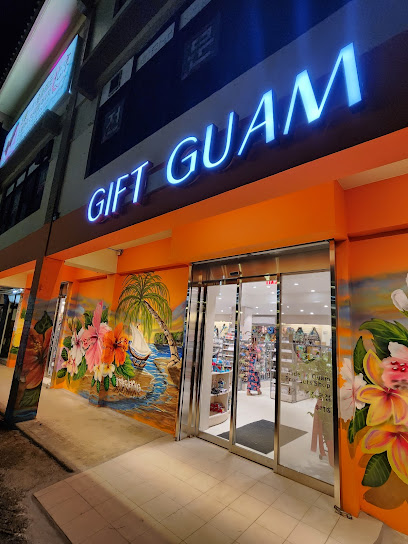
Essential bars & hidden hideouts
Porky's
Experience the vibrant nightlife of Guam at Porky's, a lively bar in Tumon offering refreshing drinks, live music, and a welcoming atmosphere.
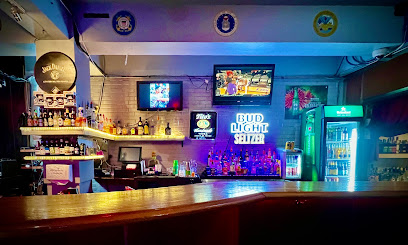
Tower of London
Discover the rich history of the Tower of London, home to the Crown Jewels and tales of intrigue, imprisonment, and royalty.

Tree Bar
Discover the vibrant atmosphere of Tree Bar in Tumon, Guam, where tropical cocktails and stunning views create an unforgettable escape.

Drop
Discover the ultimate relaxation at Drop Lounge in Tumon, Guam – where unique cocktails and vibrant ambiance come together for an unforgettable night out.
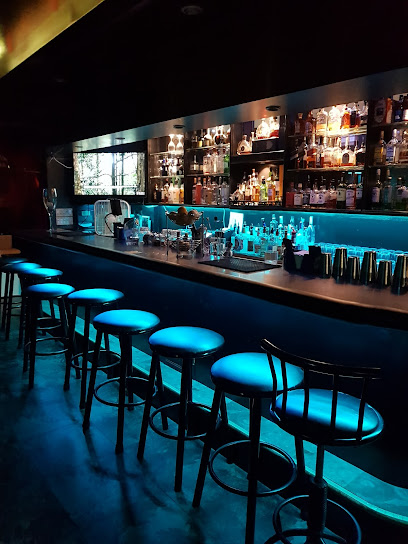
Kave’s
Discover Kave’s in Guam, where great food, drinks, and sports unite in a lively atmosphere perfect for tourists and locals alike.
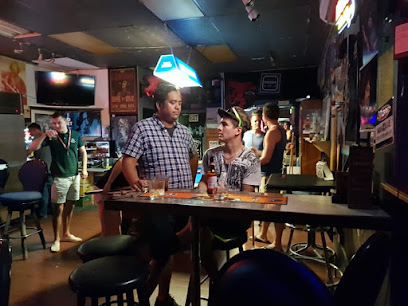
Old Traditions
Discover the lively ambiance and unique drinks at Old Traditions, a must-visit bar in Tumon, Guam, for an unforgettable night out.
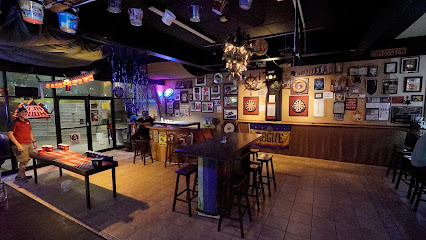
Livehouse
Experience the vibrant nightlife at Livehouse in Tumon, Guam, where live music, tropical cocktails, and a lively atmosphere await you.
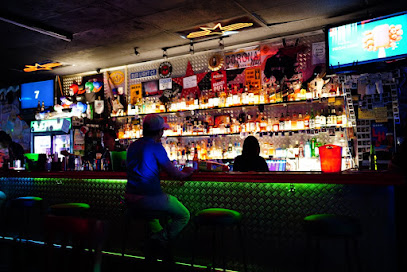
Skyline Resto-Pub
Discover the lively ambiance and refreshing drinks at Skyline Resto-Pub, the perfect spot for nightlife in Apotgan, Guam.
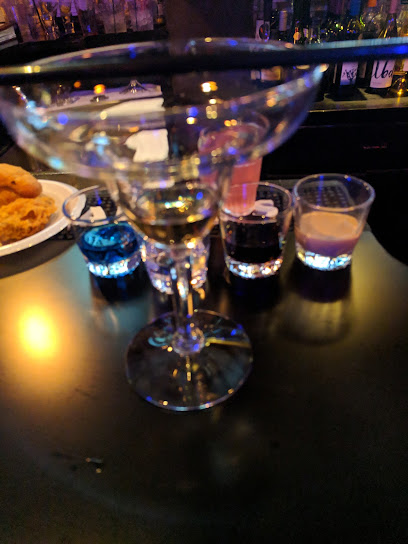
Lava Lounge
Discover the vibrant nightlife at Lava Lounge, Guam's top karaoke bar, where fun, music, and unforgettable memories await.
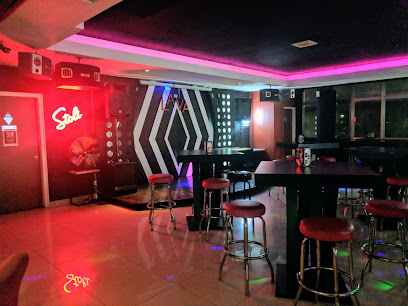
Toy’s Tavern
Discover the vibrant nightlife at Toy's Tavern, a lively bar in Apotgan, Guam, known for its friendly bartenders and extensive drink selection.
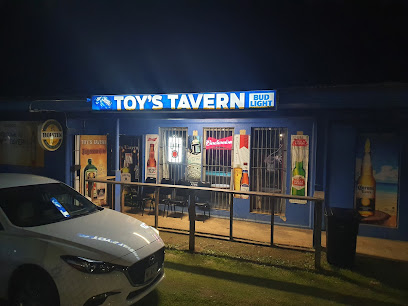
Gudtaym Lounge
Discover Gudtaym Lounge in Guam: your ultimate destination for karaoke, live music, and unforgettable nightlife experiences.

Melting Point, Guam
Experience the vibrant nightlife and unique cocktails at Melting Point, Guam's premier bar and lounge destination.

Infinity Bar
Discover the vibrant atmosphere of Infinity Bar in Tumon, Guam, where tropical cocktails and stunning views create unforgettable moments.
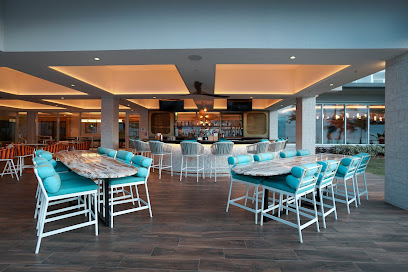
The Garage
The Garage in Tumon, Guam, is the ultimate sports bar destination, offering a vibrant atmosphere, delicious drinks, and unforgettable game nights.
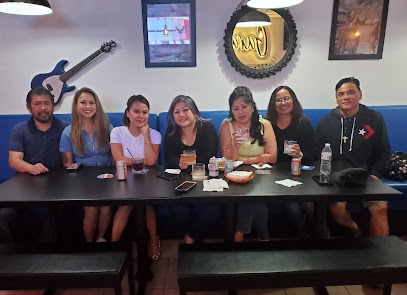
Elena’s Lounge
Discover the vibrant nightlife of Tamuning at Elena's Lounge, Guam's premier bar for great drinks, live music, and unforgettable experiences.
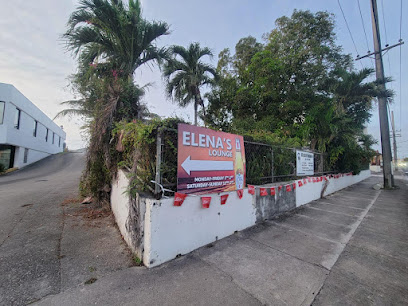
Local Phrases
-
- HelloHåfa adai
[HAH-fah ah-DIE] - GoodbyeAdios
[ah-DEE-ohs] - YesHå'å
[HAH-ah] - NoTiyan
[TEE-yahn] - Please/You're welcomeMå'åse
[MAH-ah-say] - Thank youSi Yu'os ma'åse
[see YOO-oss mah-AH-say] - Excuse me/SorryDispensa
[dees-PEHN-sah] - How are you?Cómo estás?
[KOH-moh ehs-TAHS] - Fine. And you?I fina'lo'lok. Ya bai hu?
[ee fee-NAH-loh-lohk. yah bai hoo?] - Do you speak English?Kåo un tungo i inglés?
[KOW ohn TOONG-goh ee in-GLEHS] - I don't understandTi sigi entiende
[TEE SEE-gee en-TYEN-deh]
- HelloHåfa adai
-
- I'd like to see the menu, pleaseHa na'la'la'la i menyu, påtgon
[HAH nah-LAH-lah-lah ee MEHN-yoo, PAHT-gohn] - I don't eat meatTi man-esta i karne
[TEE mahn-EHS-tah ee KAH-neh] - Cheers!Biba!
[BEE-bah] - I would like to pay, pleaseHa na'la'la'la i pago, påtgon
[HAH nah-LAH-lah-lah ee PAH-goh, PAHT-gohn]
- I'd like to see the menu, pleaseHa na'la'la'la i menyu, påtgon
-
- Help!Ayudame!
[ah-YOO-dah-meh] - Go away!Lågu!
[LAH-goo] - Call the Police!Ligao gi Polisia!
[lee-GAH-oh gee poh-LEE-see-ah] - Call a doctor!Ligao gi dottot!
[lee-GAH-oh gee doh-TOHT] - I'm lostTi hu tåya
[TEE hoo tah-YAH] - I'm illTi hu manmakåna
[TEE hoo mahn-mah-KAH-nah]
- Help!Ayudame!
-
- I'd like to buy...Ha na'la'la'la i kumpra...
[HAH nah-LAH-lah-lah ee koom-PRah...] - I'm just lookingAyu lang yu' pås
[AH-yoo lahng yoo pahs] - How much is it?Kåo bayai?
[KOW bah-YAH-ee?] - That's too expensiveFino' manhåfi
[FEE-noh mahn-HAH-fee] - Can you lower the price?Siña un tungo i prisio?
[see-nyah oon TOONG-goh ee PREE-see-oh?]
- I'd like to buy...Ha na'la'la'la i kumpra...
-
- What time is it?Ki ora este?
[kee OH-rah ehs-TEH] - It's one o'clockEsta i manmanu
[ehs-TAH ee mahn-MAH-noo] - Half past (10)Kuåttro na mitkao
[KWAT-troh nah meet-KAH-oh] - MorningKåta
[KAH-tah] - AfternoonKåta hu
[KAH-tah hoo] - EveningKåta ginen
[KAH-tah gee-NEHN] - YesterdayGåsto
[GAH-stoh] - TodayEstague
[ehs-TAH-gweh] - TomorrowMañana
[mah-NYAH-nah] - 1Uno
[OO-noh] - 2Dos
[dohs] - 3Tres
[trehs] - 4Kuåttro
[KWAT-troh] - 5Sinko
[SEEN-koh] - 6Sis
[sees] - 7Siette
[see-EH-teh] - 8Ocho
[OH-choh] - 9Nuebe
[NWEH-beh] - 10Dies
[DEE-ess]
- What time is it?Ki ora este?
-
- Where's a/the...?Sångan i...
[SAHN-gahn ee...] - What's the address?Kiha ti direccion?
[KEE-hah tee dee-rehk-SYON] - Can you show me (on the map)?Siña un tungo i mapanatåhao?
[see-nyah oon TOONG-goh ee mah-pah-NAH-tah-how] - When's the next (bus)?Kiha i siguiente (bus)?
[KEE-hah ee see-GWEE-ehn-teh] - A ticket (to ....)Un tiket (para ....)
[oon TEE-keh (PAH-rah)]
- Where's a/the...?Sångan i...
History of Tamuning
-
Long before European explorers set foot on the island, Tamuning was home to the ancient Chamorro people. These indigenous inhabitants lived in harmony with nature, relying on fishing, agriculture, and a rich oral tradition that passed down stories, legends, and history. Archaeological sites, such as latte stone structures, serve as a testament to their advanced societal organization and architectural skills.
-
In 1565, Spanish explorer Miguel López de Legazpi claimed Guam and the Marianas for Spain. Tamuning, like the rest of Guam, became an integral part of the Spanish Empire. Missionaries arrived in the late 1600s, converting many Chamorros to Christianity and influencing the local culture. The legacy of Spanish rule is still evident in the region's architecture, language, and religious practices.
-
Following the Spanish-American War in 1898, Guam was ceded to the United States under the Treaty of Paris. Tamuning, along with the rest of the island, underwent significant changes under American administration. The construction of infrastructure such as roads, schools, and hospitals marked a new chapter in the island's development, and the influence of American culture began to permeate daily life.
-
Tamuning and the rest of Guam were invaded by Japanese forces on December 8, 1941, just hours after the attack on Pearl Harbor. The island endured a brutal 31-month occupation, during which the local population suffered greatly. Liberation came on July 21, 1944, when American forces recaptured Guam. This day is commemorated annually as Liberation Day, a significant event in Tamuning's history.
-
After World War II, Tamuning underwent extensive reconstruction and modernization. The establishment of the Guam Memorial Hospital and the expansion of Antonio B. Won Pat International Airport transformed the village into a central hub of activity. Today, Tamuning is known for its bustling commercial areas, luxury hotels, and vibrant cultural scene, reflecting its evolution from a historical village to a modern urban center.
-
Tamuning is a focal point for cultural festivals and traditional celebrations. The annual Guam Micronesia Island Fair showcases the rich heritage of the Pacific Islands, featuring traditional dances, crafts, and cuisine. The village also hosts various fiestas and religious events, such as the Feast of Santa Barbara, which highlight the enduring Chamorro culture and the influences of Spanish and American traditions.
Tamuning Essentials
-
Tamuning is located on the western coast of Guam. The primary gateway to Tamuning is the Antonio B. Won Pat International Airport (GUM), which is approximately a 10-minute drive from the town center. Direct flights to Guam are available from several major cities in the Asia-Pacific region, including Tokyo, Seoul, Manila, and Honolulu. From the airport, you can take a taxi or arrange for a rental car to reach Tamuning.
-
Tamuning is well-served by taxis, which are readily available and relatively affordable. Public buses operated by the Guam Regional Transit Authority (GRTA) connect Tamuning with other parts of the island, although they may not be as frequent as in larger cities. Car rentals are a popular option for tourists who wish to explore the island at their own pace. Biking is also a viable option, as Tamuning has several bike-friendly paths.
-
The official currency in Guam is the US Dollar (USD). Credit and debit cards are widely accepted in hotels, restaurants, and shops. ATMs are available throughout Tamuning, including in shopping centers and convenience stores. It is advisable to carry some cash for smaller establishments and local markets.
-
Tamuning is generally a safe destination for tourists. However, like any other place, it is important to take standard safety precautions. Avoid walking alone at night in poorly lit areas and keep an eye on your belongings in crowded places. While Tamuning does not have specific high-crime areas targeting tourists, it is always best to stay vigilant.
-
In case of an emergency, dial 911 for immediate assistance. Tamuning has local police and medical facilities to respond to emergencies. It is recommended to have travel insurance that covers medical emergencies. For minor health issues, there are several pharmacies in Tamuning where you can purchase over-the-counter medications.
-
Fashion: Do dress comfortably and casually, but avoid overly revealing clothing. Wearing beachwear outside of beach areas is considered inappropriate. Religion: Do respect local customs and traditions, especially when visiting religious sites. Public Transport: Do be patient and polite when using public transport. Avoid eating and drinking on buses. Greetings: Do greet people with a smile and a 'Hafa Adai' (hello in Chamorro). Handshakes are also common. Eating & Drinking: Do try local foods and be open to new culinary experiences. Don't refuse food or drink offered by locals, as it is considered impolite.
-
To experience Tamuning like a local, visit the local markets such as the Chamorro Village where you can buy fresh produce and traditional Chamorro goods. Engage with locals, who are known for their friendliness and hospitality. Don't miss out on the local festivals and cultural events, which offer a glimpse into the rich heritage of Guam. Try the local cuisine, including dishes like red rice, kelaguen, and BBQ chicken.
Trending Landmark in Tamuning
-
Two Lover’s Point
-
Ypao Beach
-
Crowne Plaza Resort Guam, an IHG Hotel
-
Plaza de España
-
Fort Nuestra Señora de la Soledad
-
Cetti Bay Overlook
-
Ritidian Point
-
Karera at SandCastle
-
Taotao Tasi Guam
-
Aquarium of Guam
-
Talo'fo'fo' Falls
-
Alupang Beach Club
-
Fort Santa Agueda
-
Fish Eye Underwater Observatory
-
Asan Bay Overlook
Nearby Cities to Tamuning
-
Things To Do in Tumon
-
Things To Do in Dededo
-
Things To Do in Hagåtña
-
Things To Do in Mangilao
-
Things To Do in Sinajana
-
Things To Do in Agana Heights
-
Things To Do in Yigo
-
Things To Do in Santa Rita
-
Things To Do in Agat
-
Things To Do in Koblerville
-
Things To Do in Saipan
-
Things To Do in Kagman
-
Things To Do in Garapan
-
Things To Do in Capital Hill
-
Things To Do in San Roque













